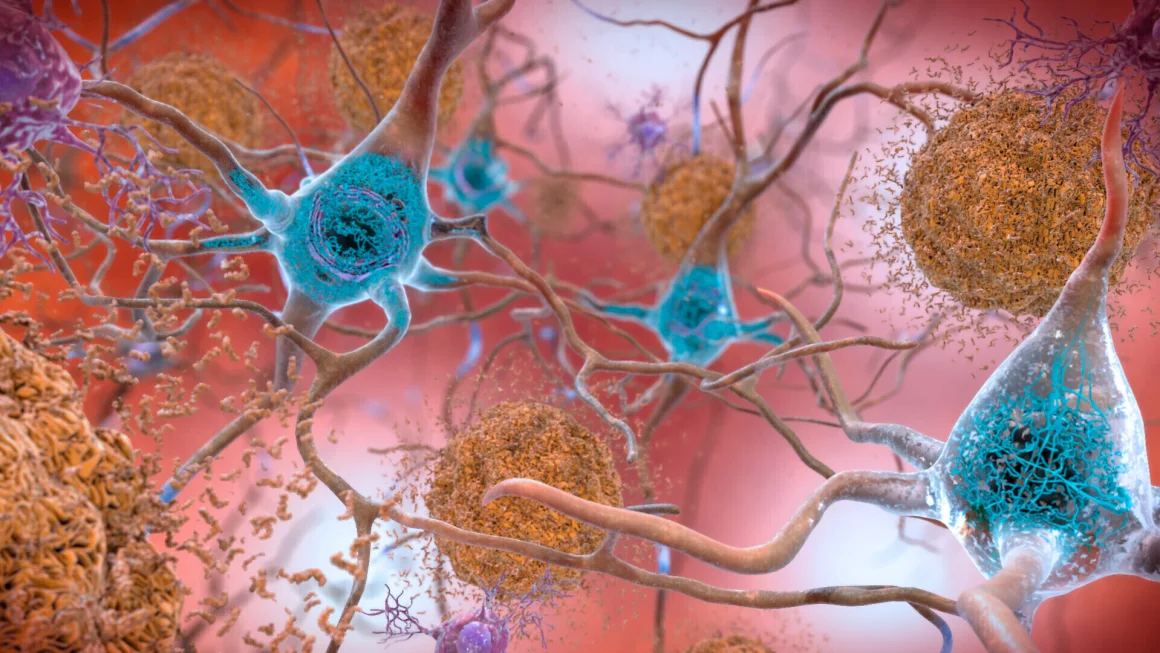
In 1995, Sue Sheridan’s baby, Cal, suffered brain damage due to undiagnosed jaundice. In 2000, Helen Haskell’s 15-year-old son, Lewis, died following surgery because hospital staff failed to recognize he was in shock. These tragedies led both women to become patient safety advocates, and their efforts helped shape research that made American health care safer.
However, on April 1, the Trump administration severely cut funding for the Agency for Healthcare Research and Quality (AHRQ)—the very organization that supported this life-saving research. Nearly half of AHRQ’s staff were laid off as part of a broader reorganization of the Department of Health and Human Services (HHS).
Haskell, based in Columbia, South Carolina, has been deeply involved in AHRQ’s work, contributing to research and guidelines focused on patient engagement in hospitals. She sees the agency’s closure as a devastating loss of expertise in the field of patient safety—a “brain drain” that cannot be replaced.
AHRQ is responsible for collecting critical data on a variety of medical issues, including hospitalizations related to accidents, diseases, and conditions. “No one else does this,” Haskell emphasized. “Now, the door is closed.”
On April 1, HHS Secretary Robert F. Kennedy Jr. justified the cuts, claiming they were part of a broader effort to improve efficiency and reduce the federal workforce, suggesting that despite spending trillions annually, Americans are getting sicker. However, neither Kennedy nor President Trump provided any explanation for targeting AHRQ or the specifics of its remaining work.
AHRQ’s role in patient safety is undeniable. The agency was born from a predecessor agency in 1999 and has two main functions: gathering data on U.S. health care expenditures, experiences, and outcomes, and funding research aimed at improving health care safety. It has also published important guidelines and tools that have enhanced patient care.
For example, Dr. Marty Makary, a surgeon and FDA Commissioner, has co-authored numerous studies funded by AHRQ. AHRQ’s research played a crucial role in reducing hospital-acquired infections, such as deadly blood infections from contaminated IV lines. The incidence of these infections dropped by 28% between 2015 and 2023, according to the CDC.
AHRQ’s contributions extend to addressing medical errors that cause thousands of deaths each year. Dr. Makary’s 2016 study estimated that medical mistakes are the third-leading cause of death in the U.S. “Without AHRQ, we would be in much worse shape,” said Richard Kronick, a former AHRQ leader.
Over the years, AHRQ-funded researchers like Dr. Hardeep Singh have worked to reduce patient safety risks by integrating technologies such as telemedicine and AI into healthcare systems, alerting doctors to potential errors.
Singh’s research team, funded by AHRQ, faces an uncertain future with the agency’s closure. He describes the elimination of AHRQ’s research funding office as potentially “career-ending” for many in the field. “We need this research to protect patients,” Singh said. “No one else does more for patient safety.”
Despite Republican skepticism about AHRQ’s role, the agency’s value has been confirmed by independent studies. In 2018, a House study validated AHRQ’s importance in health research after a proposed merger with the National Institutes of Health.
Gordon Schiff, a Harvard Medical School internist who has been supported by AHRQ for over two decades, faced unexpected policy changes. In February, he learned that an article he co-authored about suicide prevention had been removed from AHRQ’s website due to its mention of LGBTQ individuals. Schiff, refusing to alter the article, is now suing AHRQ and HHS over the removal.
At AHRQ’s headquarters in Rockville, Maryland, a somber atmosphere prevails. Many employees, including those with PhDs, have resigned or been laid off, leaving behind a gap that will be difficult to fill.
Some experts, like Stephen Parente, argue that AHRQ’s work could be replicated by other organizations. However, Parente also acknowledged that dismantling AHRQ would result in a loss of research culture, and a vital opportunity for young researchers to make meaningful contributions would be lost.
The public health implications are real. For example, AHRQ research led to the standardization of jaundice testing for newborns, reducing brain damage caused by the condition. It also contributed to legal changes, such as the requirement for hospitals to allow patients to demand emergency responses, following the death of Helen Haskell’s son.
Singh, a leading researcher in AI for healthcare, points out the irony in dismantling AHRQ at a time when its expertise in patient safety could be crucial for future advancements. “You can’t fix health care by eliminating the people who focus on safety,” Singh said. “We need human expertise in the loop.”
The loss of AHRQ will have lasting effects on patient safety research, and the full scope of the consequences may not be realized until much later.










